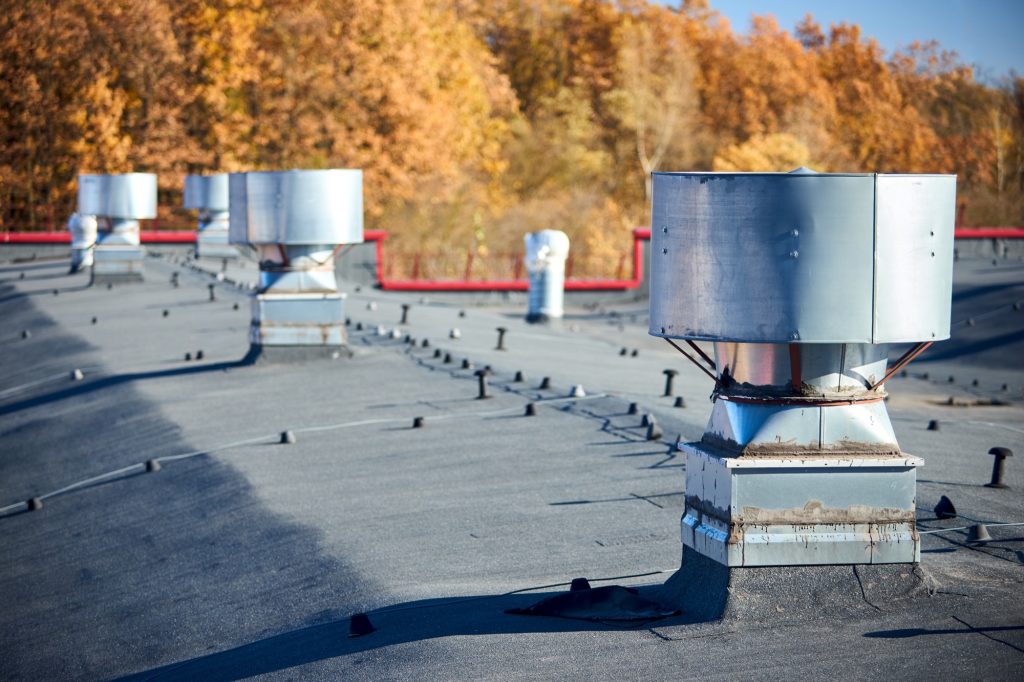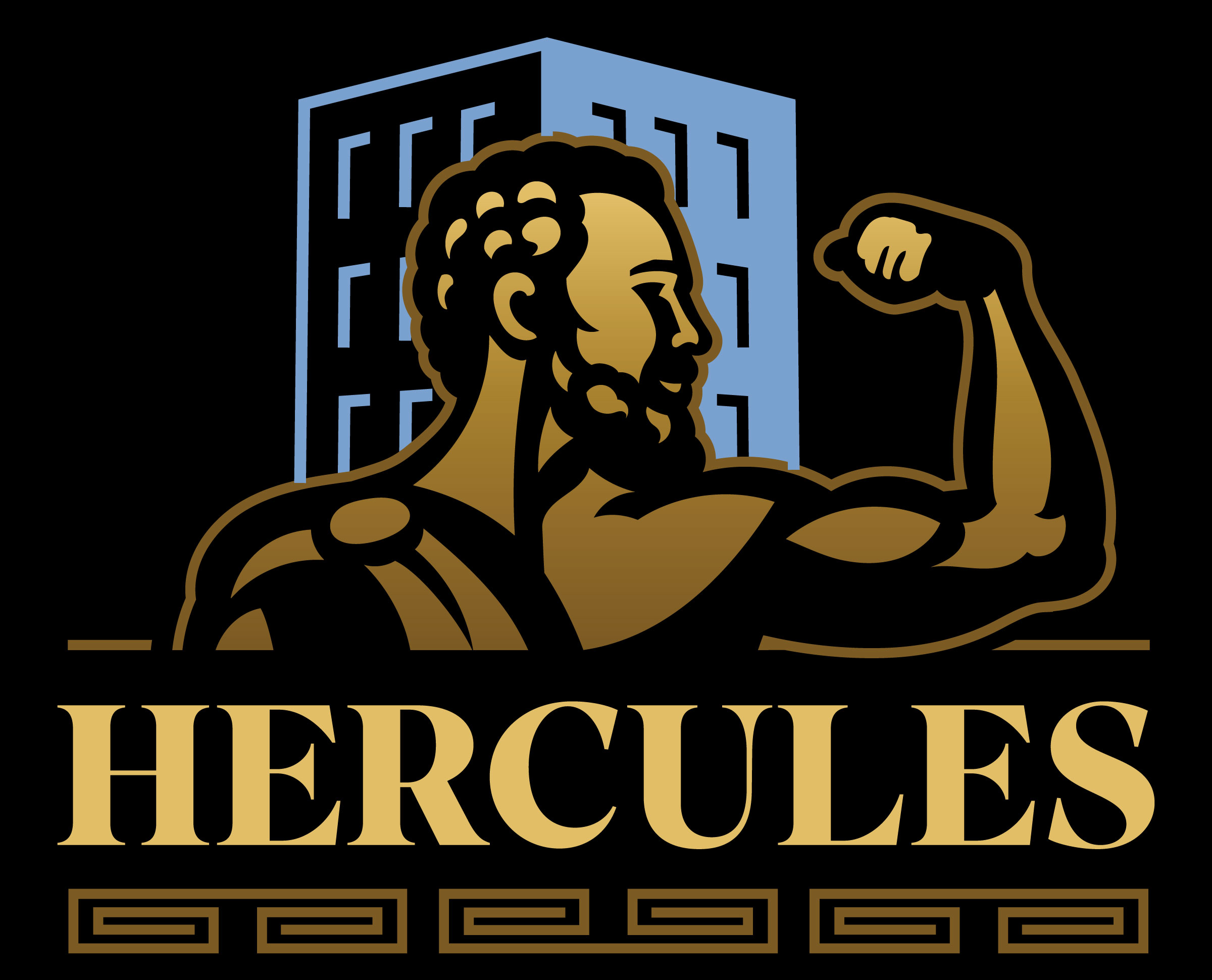The roof of a commercial building does more than just keep the rain out — it protects critical equipment, maintains energy efficiency, and contributes to the overall structural integrity of the property. Whether you own a warehouse, office building, retail center, or manufacturing facility, understanding the different types of commercial roofs can help you make smarter maintenance, repair, and replacement decisions.
Flat Roof Systems
Flat roofs are by far the most common type found on commercial buildings. Despite the name, these roofs have a very slight slope to allow for proper drainage. Their design is practical, cost-effective, and provides easy access for HVAC systems and solar panels.
Common flat roofing materials include:
- Built-Up Roofing (BUR): Made of layers of asphalt and fabric, BUR is durable and offers good waterproofing but can be heavy and labor-intensive to install.
- Modified Bitumen: A flexible, asphalt-based material that’s reinforced with fiberglass or polyester. It’s often applied in rolls and offers excellent durability in hot or cold climates.
- Single-Ply Membranes (EPDM, TPO, PVC): These synthetic materials are lightweight and energy-efficient. TPO and PVC, in particular, reflect sunlight and reduce cooling costs — a major advantage for energy-conscious property owners.
Metal Roofs
Metal roofing has become increasingly popular in commercial construction thanks to its exceptional lifespan and low maintenance requirements. Standing seam metal panels are the most common type, offering sleek aesthetics and outstanding resistance to wind, fire, and UV exposure.
Benefits of metal roofs:
- Lifespan of 40–60 years
- Reflective coatings that lower cooling costs
- High resistance to weather extremes
- Excellent recyclability, making it an eco-friendly choice
While metal roofs have a higher upfront cost, their long-term value often offsets the initial investment — especially for buildings with minimal maintenance budgets.
Green Roofs
Sustainability continues to shape modern commercial design, and green roofs are at the forefront of that movement. A green roof, also known as a “living roof,” is covered with vegetation and soil planted over a waterproof membrane. These systems help reduce the urban heat island effect, improve air quality, and provide excellent insulation.
Advantages include:
- Reduced stormwater runoff
- Lower indoor temperatures during summer months
- Extended roof lifespan due to UV protection
- Enhanced aesthetics and potential LEED certification points
Green roofs require careful design and ongoing maintenance but can provide long-term environmental and financial benefits, particularly in urban areas.
Sloped Roof Systems
Although less common in large industrial spaces, sloped roofs are frequently seen on smaller commercial buildings, retail plazas, and offices. These roofs provide excellent drainage and add architectural character.
Common materials for sloped commercial roofs include:
- Asphalt Shingles: Economical and easy to install, though not as long-lasting as other materials.
- Metal Panels: Offer durability and a modern appearance, often used for both slope and low-slope sections.
- Clay or Concrete Tiles: Typically seen on high-end properties, offering a distinctive look with impressive longevity.
Choosing the Right Roof for Your Building
Selecting the right roof type depends on several factors:
- Climate: Hot, humid regions benefit from reflective materials like TPO or metal, while colder climates might favor EPDM or BUR.
- Building Design: Flat or low-slope roofs work best for large industrial structures, while sloped roofs enhance drainage on smaller properties.
- Budget and Maintenance: Single-ply systems are cost-effective and easy to maintain, while metal or green roofs offer higher durability at a greater upfront cost.
- Energy Efficiency Goals: Reflective and insulated roofing materials can significantly lower utility costs.
Final Thoughts
A commercial roof is one of the most valuable assets of any building — and one of the most expensive to replace. Understanding the pros and cons of each roof type allows property owners and managers to make informed, strategic decisions about maintenance, repairs, and replacements.
Whether you’re constructing a new facility or managing an existing one, investing in the right roofing system ensures your commercial property remains safe, efficient, and protected for decades to come.


Recent Comments